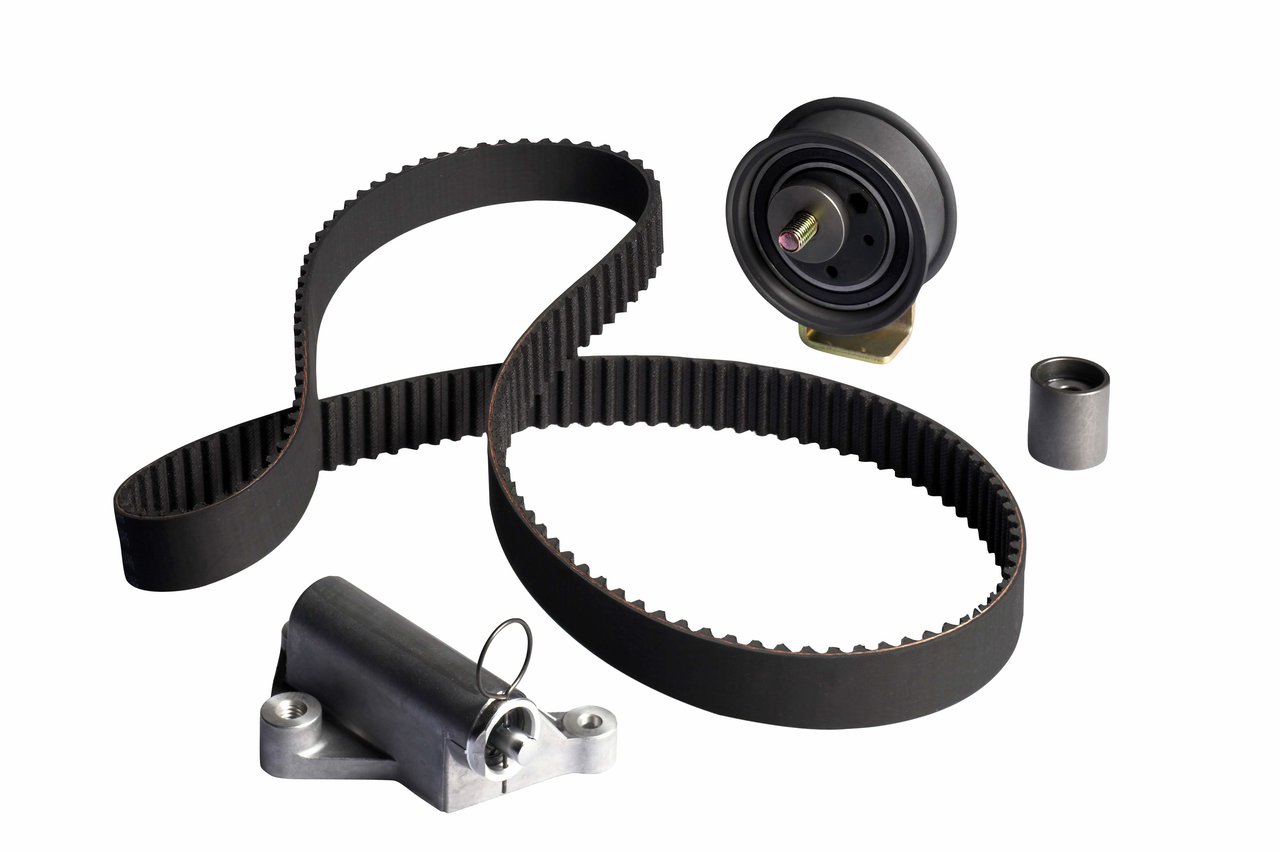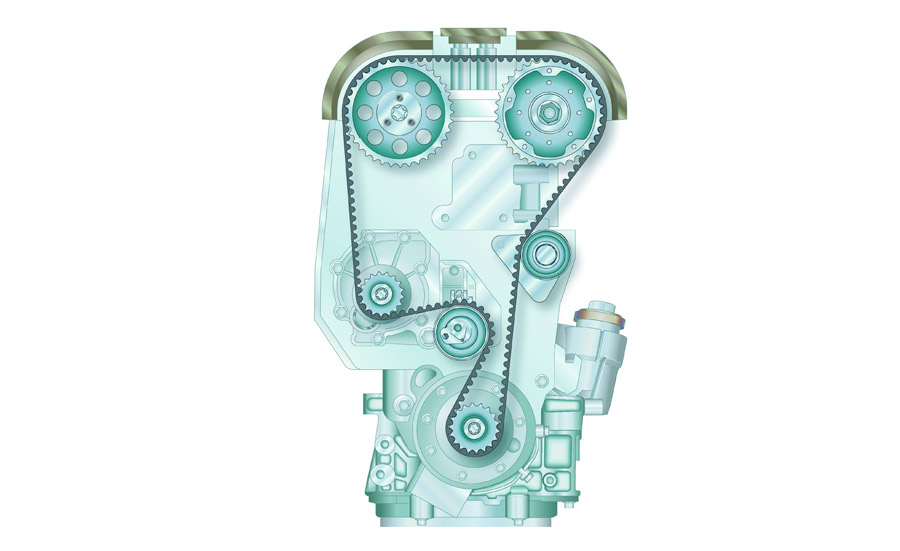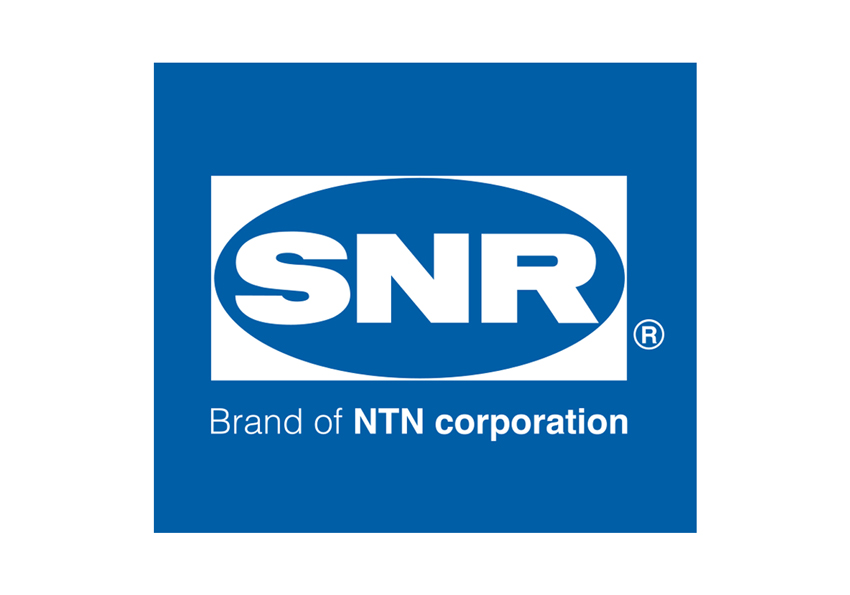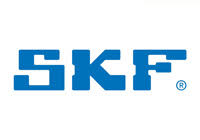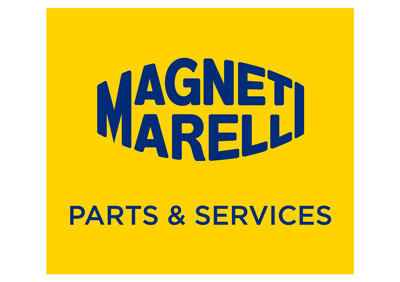Timing drive
The timing drive must drive the camshafts and thus control the opening and closing of the valves. The timing drive can be implemented with a belt drive, a timing chain or spur gears. These timing options all...
Function
The timing drive must drive the camshafts and thus control the opening and closing of the valves. The timing drive can be implemented with a belt drive, a timing chain or spur gears. These timing options all have one thing in common: they transmit the rotation of the crankshaft to the camshaft(s) at a ratio of 2:1. In so doing the timing drive coordinates the timed interplay (timings) between piston and valve movements. Belt drive timing drives need tensioning pulleys and deflection rollers. The tensioning pulleys ensure that the toothed belt is at constant tension and transmit the force from the toothed belt tensioner to the toothed belt itself. Deflection rollers vary the path of the toothed belt based on the arrangement of the shafts to be driven and often act as stabilising rollers to stop the toothed belt from flapping.
Safety
When the toothed belt is replaced, the tensioning pulleys and deflection rollers of the timing belt drive should also always be replaced. They are subject to the same stresses and strains as the toothed belt. This will avoid the timing drive having to be repaired again soon after the failure of a tensioning pulley or deflection roller. In this context, if a water pump is being driven by the timing drive, it is advisable to replace this as well.
Depreciation
Compliance with the maintenance intervals set out by the vehicle manufacturer is essential in order to ensure that the timing drive remains in perfect working order. This can help to avoid timing drive faults resulting in expensive repairs such as damage to the engine.
Environmental protection
Unlike the timing chain and spur gears, the belt drive does not require lubrication, so it does not have to be sealed off from the engine oil circuit. Accordingly there is no risk of a faulty seal resulting in an oil leak. When timing drive components are replaced, any coolant that escapes or is collected must be disposed of properly. As the coolant contains antifreeze, it must not be disposed of via drains.

